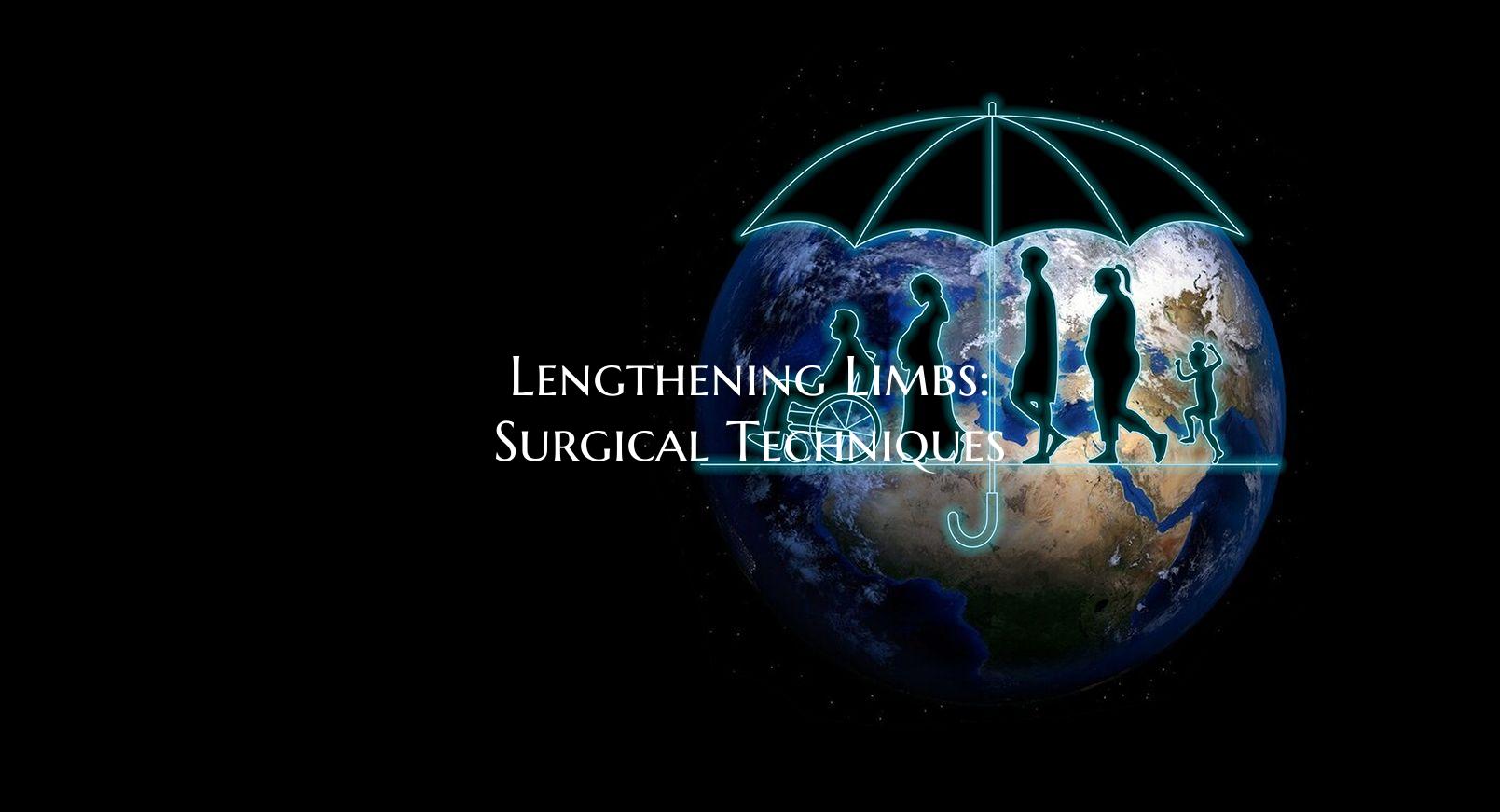
Lengthening Limbs: Surgical Techniques
Introduction: Lengthening limbs through surgical techniques, also known as limb lengthening surgery, is a specialized procedure designed to address conditions such as limb length discrepancy, dwarfism, or short stature. This intricate orthopedic procedure involves the controlled growth of bone and soft tissues to increase the overall length of a limb, thus improving the patient's mobility, function, and overall quality of life.
Surgical Techniques: Limb lengthening surgery typically involves the use of an external fixator device, which is attached to the bone through pins or screws. The device consists of adjustable rods or struts that allow gradual distraction of the bone, stimulating new bone growth at the desired site. This process is known as distraction osteogenesis, a principle discovered and popularized by Dr. Gavriil Ilizarov in the mid-20th century.
The surgical technique begins by making precise cuts in the bone, often referred to as osteotomies, to create two bone segments that can be gradually pulled apart. The external fixator is then placed on the limb, and controlled distraction is initiated by adjusting the device at regular intervals, typically 1 mm per day. This controlled movement encourages the formation of new bone and soft tissues in the gap, ultimately lengthening the limb over a period of weeks to months.
Post-Operative Care: Following limb lengthening surgery, patients undergo a comprehensive rehabilitation program to help restore function, strength, and range of motion in the lengthened limb. Physical therapy plays a crucial role in the recovery process, aiming to improve muscle strength, joint mobility, and overall functional abilities.
Complications and Risks: While limb lengthening surgery can yield significant improvements in limb length and function, it is not without risks. Potential complications include infection at the pin sites, nerve damage, joint stiffness, or malalignment of the lengthened limb. Close monitoring by a skilled healthcare team is essential to detect and manage any complications promptly.
Conclusion: Limb lengthening through surgical techniques offers a viable solution for individuals with limb length inequalities or short stature, enabling them to achieve a more balanced and functional musculoskeletal system. With advancements in surgical techniques, technology, and rehabilitation protocols, the prospects for successful limb lengthening outcomes continue to evolve, providing hope and improved quality of life for those in need of such interventions.